The cup is magnificently decorated with bacchanalian scenes and children playing flutes with goat's feet.
The set is in very good overall condition, with only the marble base showing a slight chip.
Clodion (or Claude Michel, his full name) was an 18th-century French sculptor, born in 1738 and died in 1814. He is best known for his Rococo sculptures and small-format works, often characterized by great sensuality and a certain lightness.
Clodion studied at the Académie Royale de Peinture et de Sculpture in Paris, where he showed an early talent for sculpture. From his earliest works, he attracted attention for his skill in rendering movement, expression, and sensuality in sculpture.
The Rococo style, with which Clodion is associated, is an artistic style that emerged in the early 18th century, following the Baroque. It is characterized by light forms, floral motifs, delicate curves, and an atmosphere of refinement and pleasure. Clodion perfectly embodied these characteristics, especially in his sculpted terracotta works.
His sculptures, often small in size, frequently depicted mythological scenes or erotic figures. He notably worked on subjects inspired by Greek and Roman mythology, but with a touch of lightness and charm that were typical of the Rococo period. Clodion created many works that are now considered Rococo masterpieces.
Some of his notable works include:
- Fauns: Clodion often depicted mythological figures such as fauns or satyrs, creatures that were half-human, half-animal, who embodied sensuality and wild nature. These sculptures were often very expressive, with gestures and postures that suggested fluidity and movement.
- Les Amours: He also created sculptures depicting scenes of love and seduction, with figures that appeared to be in motion, capturing moments of flirtation or intimacy.
- Le Retour de l'Enfant Prodige: This is one of his larger-scale works, and it perfectly embodies his mastery of marble and narrative sculpture.
- Terracotta sculptures: This is the material in which Clodion achieved great success. Terracotta, being lighter and less expensive than marble, allowed him to work with fine details while remaining within a price range accessible to a wider clientele. Clodion was influenced by the art of ancient sculptors and classical models, but he also adapted these influences to his own style. His works were very popular in his time, particularly among the court of Louis XV and aristocrats.
Although Clodion did not enjoy the same renown as some of his contemporaries, such as Jean-Baptiste Carpeaux or Antoine Barye, he nevertheless left his mark on art history thanks to his ability to breathe life and a certain lightness into his sculptures. His influence can even be felt through the artists of Neoclassicism and Romanticism.
Although Clodion was widely recognized and appreciated for much of his life, his career was somewhat overshadowed after the French Revolution. Like many artists of the time, he suffered from the change of regime and political instability. However, he continued to produce works and work until his death in 1814.
Clodion remains today a key figure of the Rococo period, a period that is often underestimated compared to other artistic styles in history, but which had a lasting influence on European art, particularly in the intimacy of forms and expression of emotions. His work is exhibited in numerous museums around the world, including the Louvre and the Louvre-Lens Museum in France.
Thus, Clodion was not only a skilled sculptor, but a true creator of visual emotions who masterfully captured the sensuality and lightness of his era.


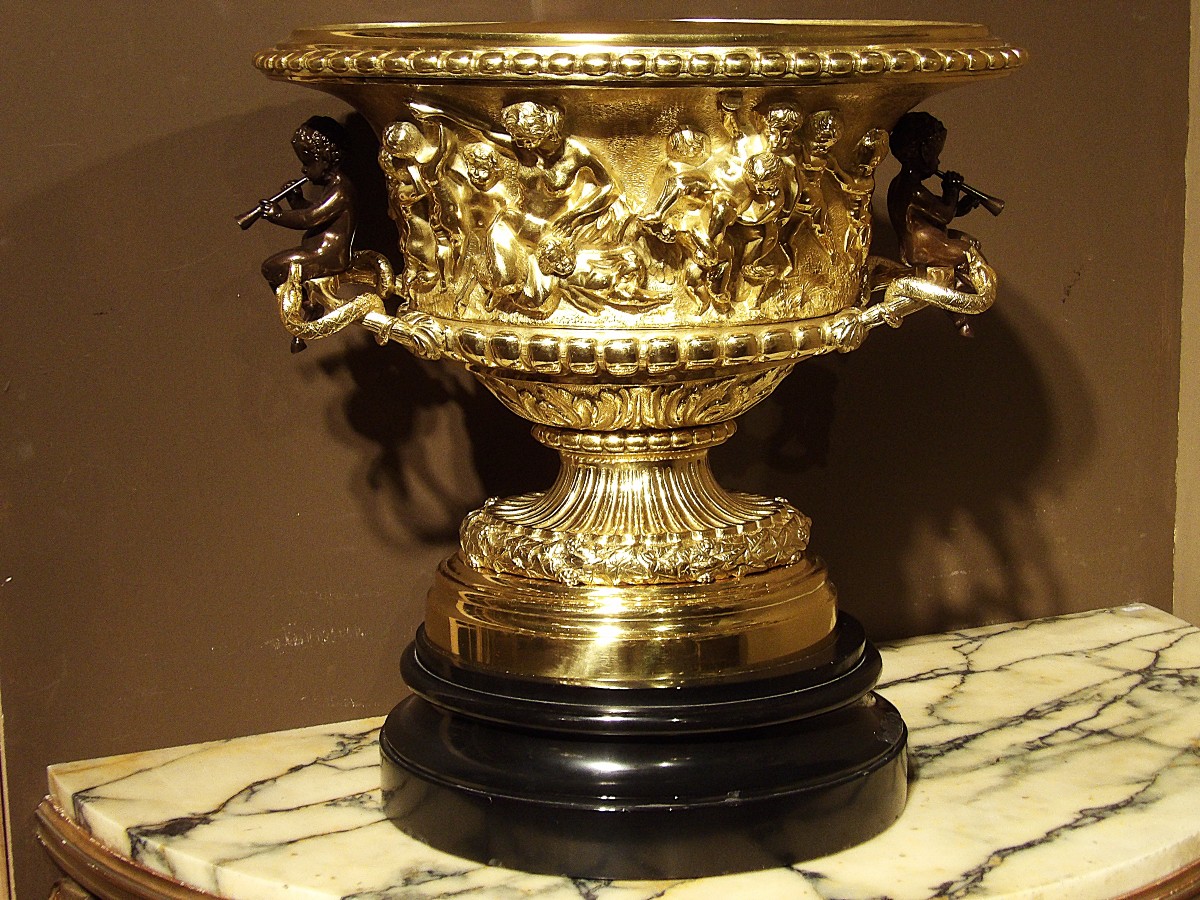



























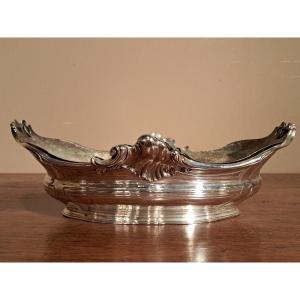





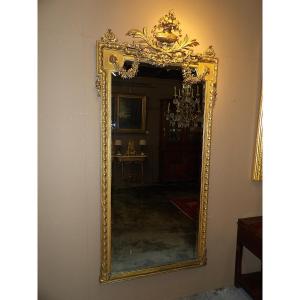
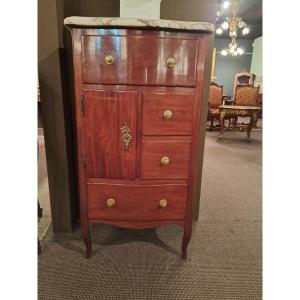


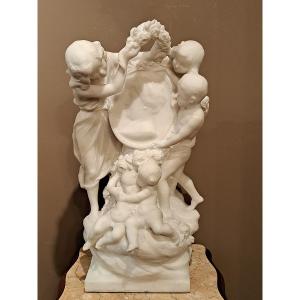


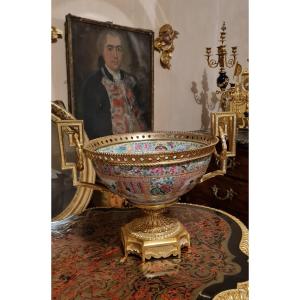





 Le Magazine de PROANTIC
Le Magazine de PROANTIC TRÉSORS Magazine
TRÉSORS Magazine Rivista Artiquariato
Rivista Artiquariato